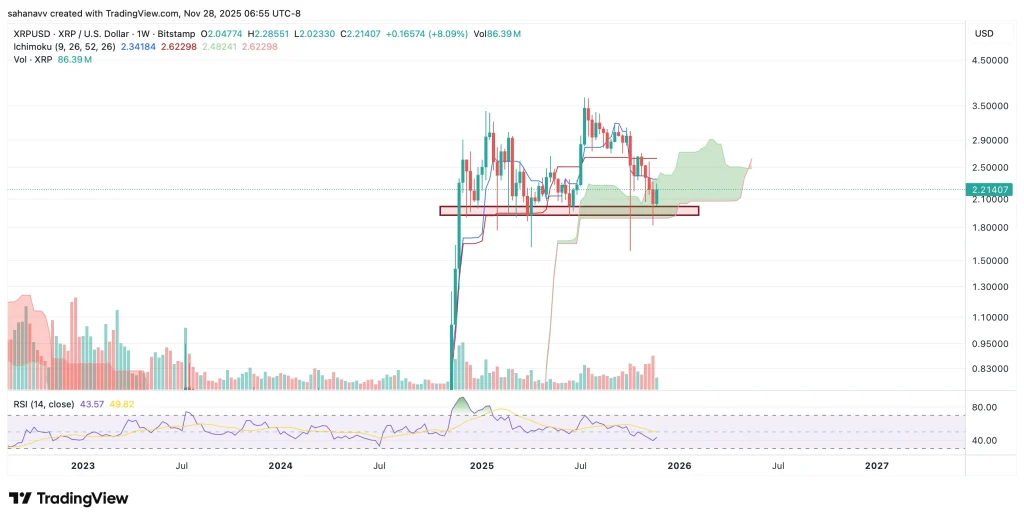Ripple CTO Explains Low XRP Ledger Despite 300+ Bank Partners
David Schwartz the chief technology officer at Ripple, discussed the use of the XRP ledger which was stagnating these days. He stated that there are more than 300 banks that collaborate with Ripple. However, they keep the majority of the activity off-chain. The cost of compliance is high which puts off stringent utilization of institutions. In a 2021 Journal of Financial Regulation paper, three-quarters of bankers stated these are obstacles to compliance.
As highlighted by Schwartz, regulatory ambiguity continues to be a menace to adoption in institutions. Numerous banks would like to settle through custodial/licensed gateways. This prevents subjecting the internal departments to risks of liability. Nobody is going to use it seriously until the regulations become clearer.
Volatility as a Strategy of XRP
However, strikingly, Schwartz stated that because of its volatility XRP can play the role of increasing liquidity within cross‑border flows. This is confirmed by a 2023 BIS report: volatile asset helps in multi-currency settlement provided its management is proper.
What this means is that in practice, banks that are involved in seconds-long transactions using XRP have little to worry about. The volatility allows narrower spreads and good trades. This turns the story of volatility being an exclusively negative aspect. The use of XRP to overcome some of the use cases of stablecoins as a bridge may surpass stablecoins.
Geopolitical Trust and Neutrality
XRPL has an unbiased architecture that Schwartz emphasised as a strength. XRPL has no central de facto control, as with some other blockchains. This is attractive to states that are cautious of U.S centric networks.
Nonetheless, a Council on Foreign Relations report suggests that numerous residents of the Middle East are suspicious of U.S.-based chains, especially with respect to its 2024 report. They are afraid of sanction power or politics. In that manner, national banks might postpone the direct XRP implementation until the general trust spreads.
Implications of this on Ripple And XRP Ecosystem
On-chain usage could experience a drag behind partnerships until the lawmakers clarify the rules of digital assets. Ripple is still active in the dealings with the banking and fintech industries in order to gain the trust. In the meantime, the case in favor of strategic use of the XRP volatility gets even stronger.
Until XRPL becomes more globally neutral or major nodes become regulated, geopolitical barriers of adoption will persist. In order to enhance adoption by institutions, Ripple might be forced to introduce jurisdictional validators spanning continents.
In case the boundary falls, Ripple may access settlements of billions in volume per day. The highly competitive cross-border payment feature of XRP due to its combination of speed, volatility and low costs give it an advantage. The place of bitcoin is different: it is a store of value.
Disclaimer: The content of this article solely reflects the author's opinion and does not represent the platform in any capacity. This article is not intended to serve as a reference for making investment decisions.
You may also like
No wonder Buffett finally bet on Google
Google holds the entire chain in its own hands. It does not rely on Nvidia and possesses efficient, low-cost computational sovereignty.

HYPE Price Prediction December 2025: Can Hyperliquid Absorb Its Largest Supply Shock?

XRP Price Stuck Below Key Resistance, While Hidden Bullish Structure Hints at a Move To $3

Bitcoin Price Prediction: Recovery Targets $92K–$101K as Market Stabilizes
